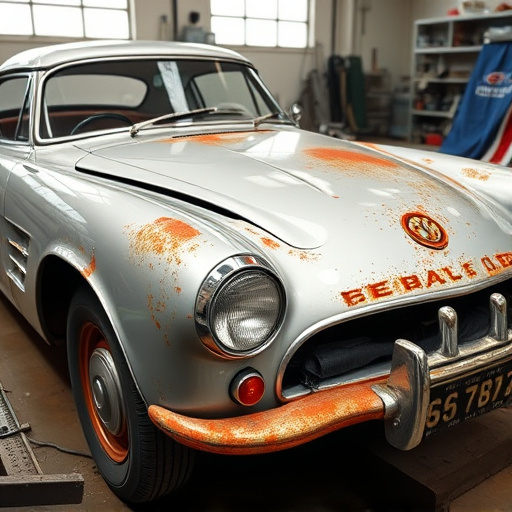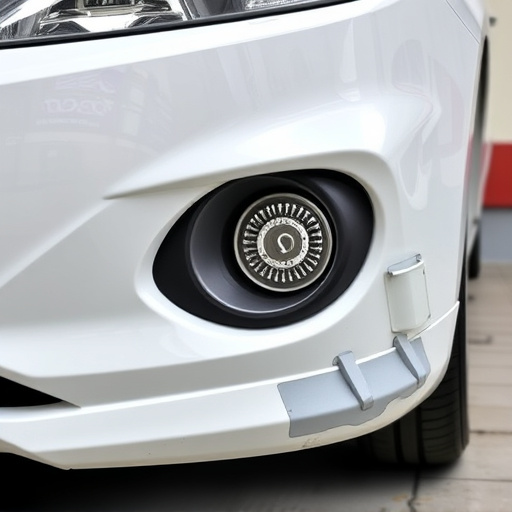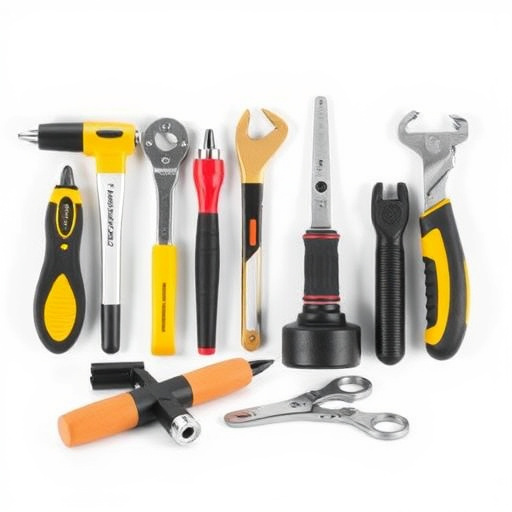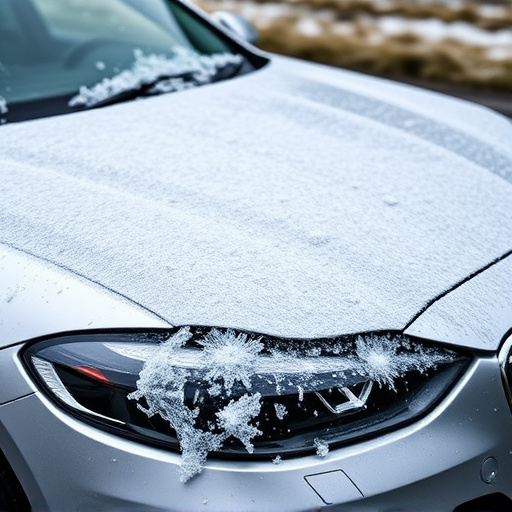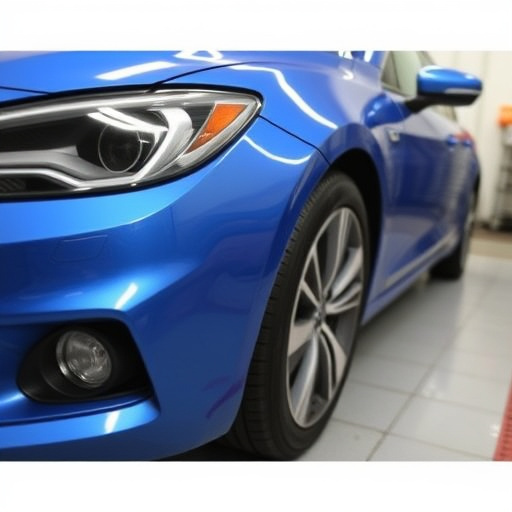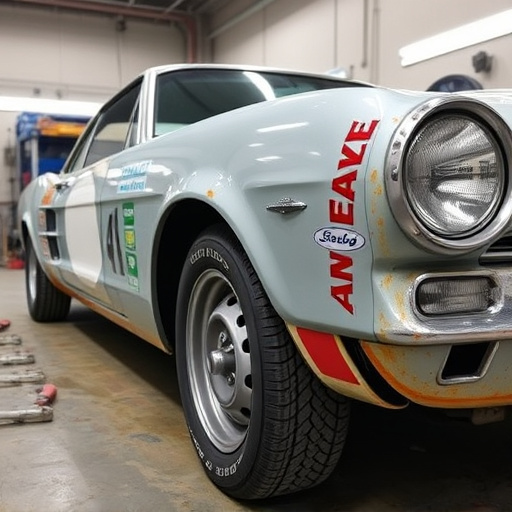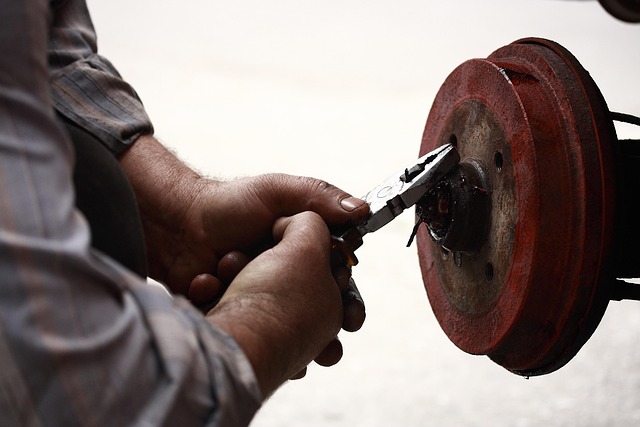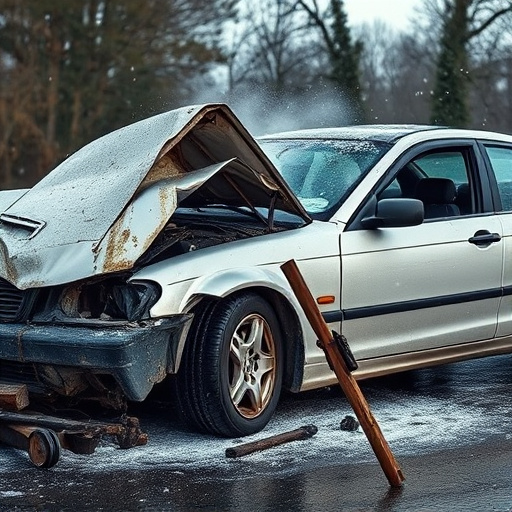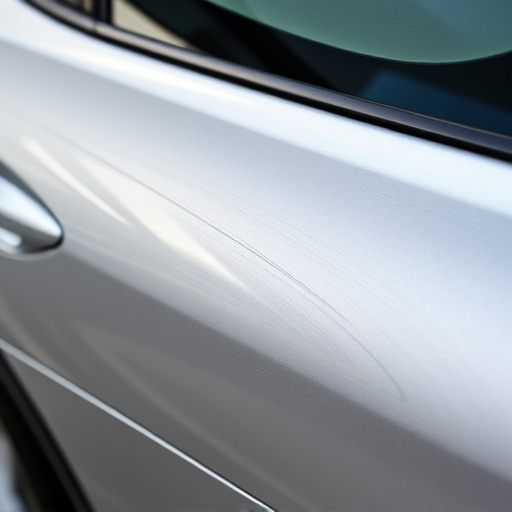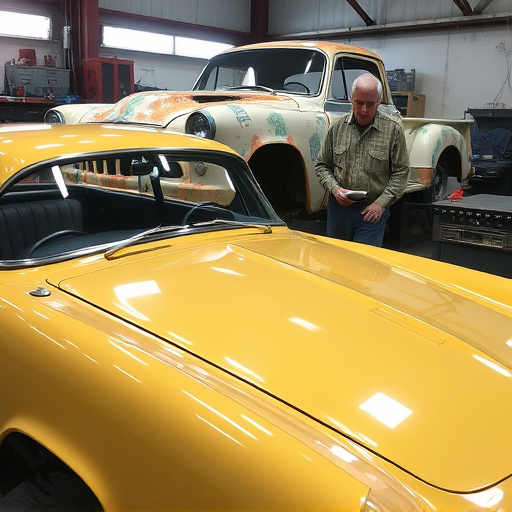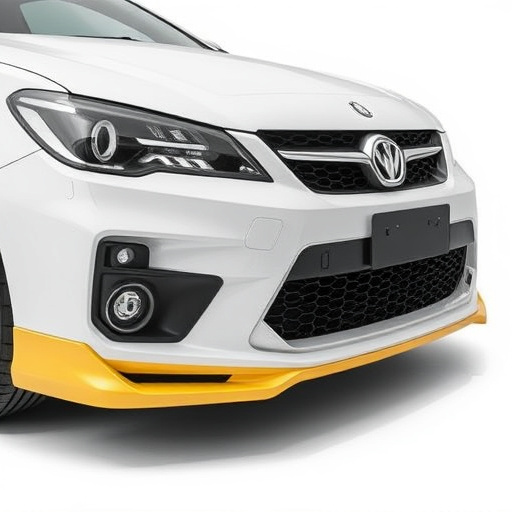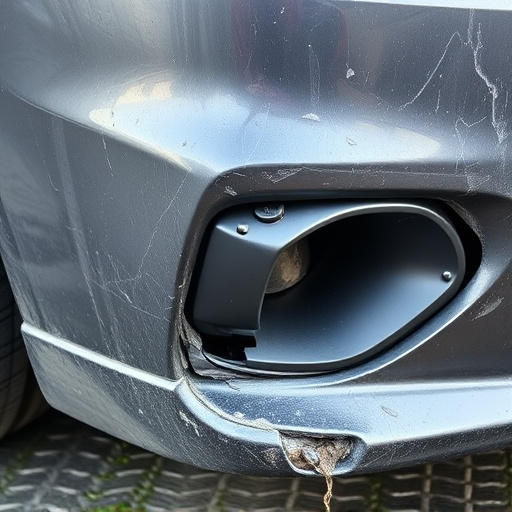Factory seam duplication, crucial in auto manufacturing and repair, faces challenges from material variability, production tolerances, and unique automotive standards. Accurate measurements from laser scanners and 3D systems ensure perfect panel fitment. Skilled technicians follow strict quality control protocols, using specialized jigs for precise assembly. Fitment checks guarantee a flawless finish, especially in dent removal. Car body shops should focus on quality control measures, staff training, regular equipment calibration, and attention to detail to minimize errors in factory seam duplication projects.
In the realm of manufacturing, achieving precision in panel fitment during factory seam duplication projects is paramount. This article delves into the intricacies of navigating complex challenges inherent in these endeavors. We explore proven strategies for measuring and ensuring accurate panel alignment, highlighting best practices to streamline implementation. By understanding the unique demands of factory seam duplication, manufacturers can revolutionize their processes, leading to enhanced product quality and efficiency.
- Understanding Factory Seam Duplication Challenges
- Measuring and Ensuring Panel Fitment Accuracy
- Best Practices for Seamless (No Pun Intended) Implementation
Understanding Factory Seam Duplication Challenges
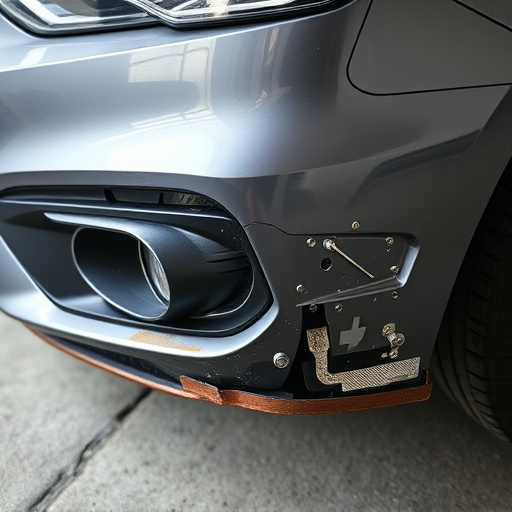
Factory seam duplication is a critical process that requires meticulous precision to ensure vehicle panels fit perfectly and maintain a seamless finish. Challenges arise from various factors, including material variations, manufacturing tolerances, and environmental conditions. Each car manufacturer has unique panel fitting standards, making it a complex task to duplicate for custom or replacement parts.
In the realm of auto painting and bumper repair, achieving precise factory seam duplication is essential for maintaining structural integrity and aesthetic appeal. Even minor inaccuracies can lead to issues like misaligned panels, visible gaps, or uneven paint finishes. These problems are particularly noticeable in repairs, such as scratch repair, where every detail matters to customers seeking flawless results. Therefore, understanding these challenges is the first step towards developing effective solutions for accurate factory seam duplication.
Measuring and Ensuring Panel Fitment Accuracy
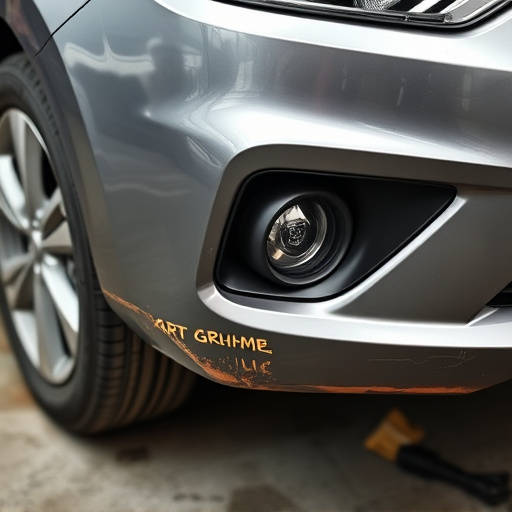
In factory seam duplication projects, measuring and ensuring panel fitment accuracy is paramount to achieving seamless car body restoration results. Precise measurements using advanced tools like laser scanners and 3D measurement systems capture every contour and detail of the original panels, allowing for exact duplicates. These technologies enable bodyshop services to identify and account for even the slightest variations in panel thickness, curves, and edge definitions.
By adhering to strict quality control protocols, skilled technicians verify the fitment accuracy of replicated panels. This meticulous process involves aligning and clamping the new parts against the existing car body, ensuring they mate perfectly. The use of specialized jigs and guides further enhances precision during assembly, resulting in superior craftsmanship that matches the original factory standards. Effective fitment checks also include evaluating panel gaps, alignment, and overall visual appeal to guarantee a flawless finish, particularly in dent removal cases where achieving original smoothness is crucial.
Best Practices for Seamless (No Pun Intended) Implementation
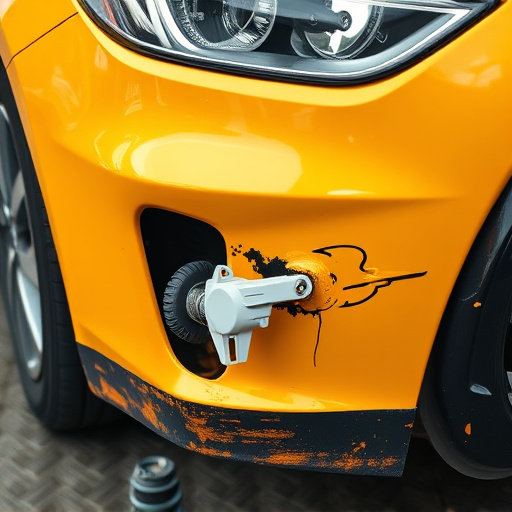
Achieving precise panel fitment during factory seam duplication projects is paramount for maintaining vehicle integrity and aesthetics. To ensure seamless (no pun intended) implementation, car body shops should prioritize quality control measures at every stage. This includes using specialized tools designed for accurate measurement and marking, as well as implementing a rigorous inspection protocol to catch any deviations before assembly.
Best practices in factory seam duplication also encompass thorough training of staff on proper technique and the latest industry standards. Car dent repair and collision repair experts should be adept at identifying potential issues like misalignments or variations in material properties. By fostering an environment that emphasizes attention to detail, regular equipment calibration, and adherence to specifications, car body shops can significantly reduce errors and ensure top-notch results for every project, whether it’s a minor car dent repair or complex collision restoration.
Panel fitment accuracy is paramount in successful factory seam duplication projects, ensuring seamless integration and aesthetic integrity. By understanding the challenges, employing precise measurement techniques, and adopting best practices, manufacturers can achieve exceptional results. Optimizing these processes not only enhances product quality but also streamlines production, ultimately contributing to the efficiency and success of factory seam duplication initiatives.

